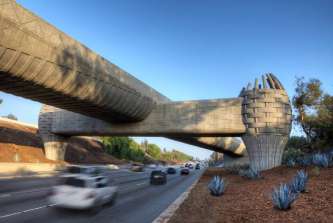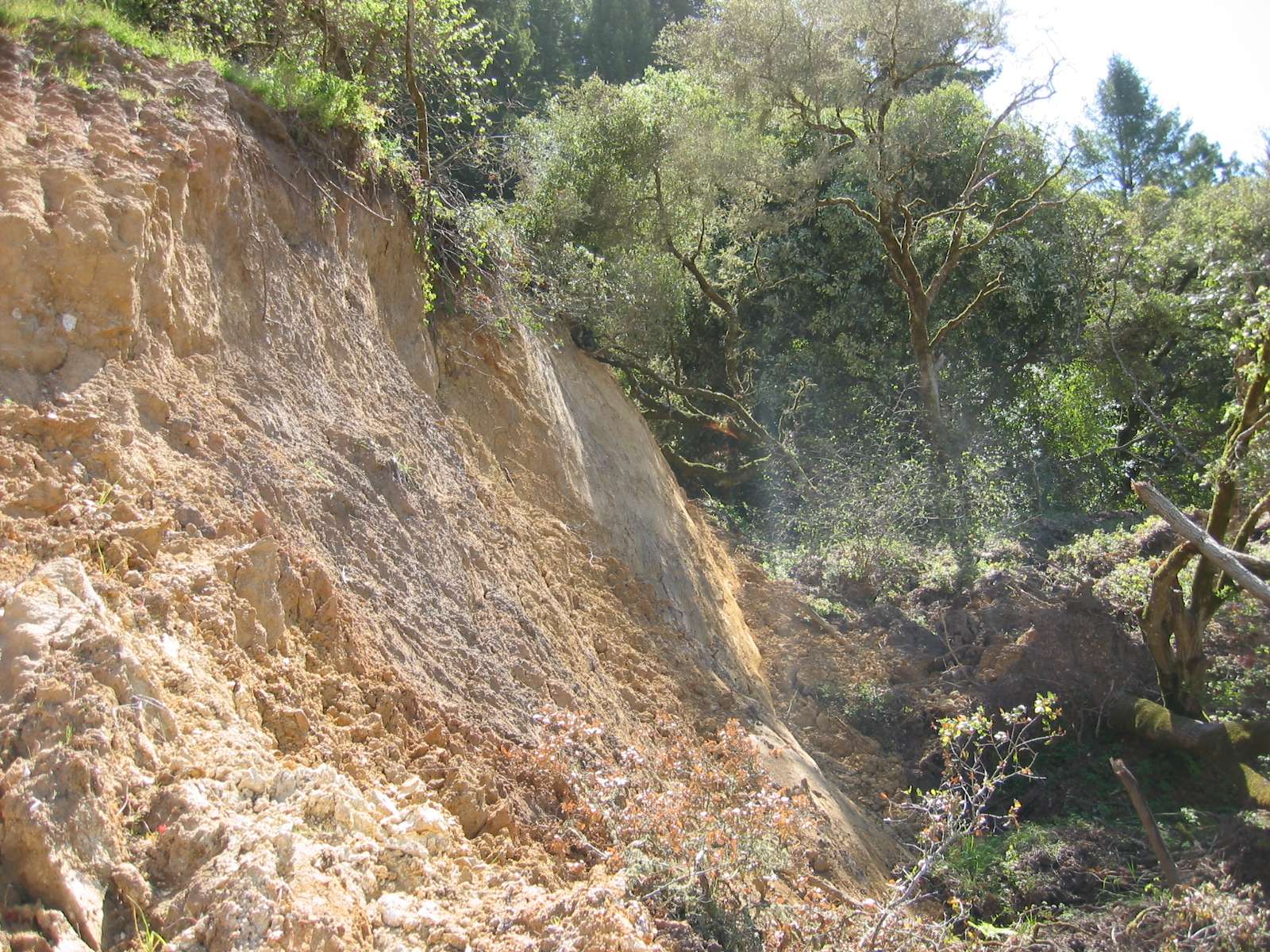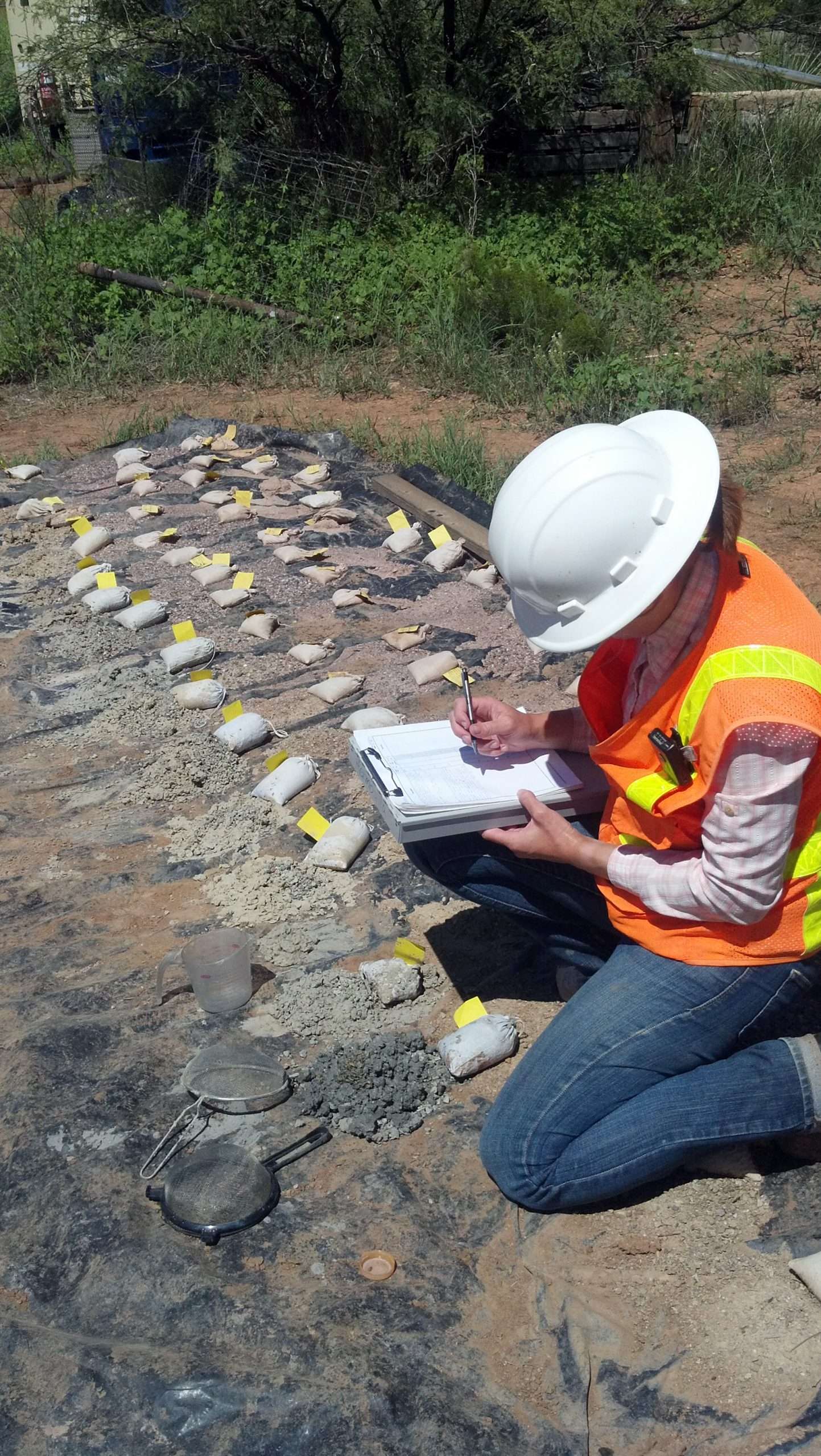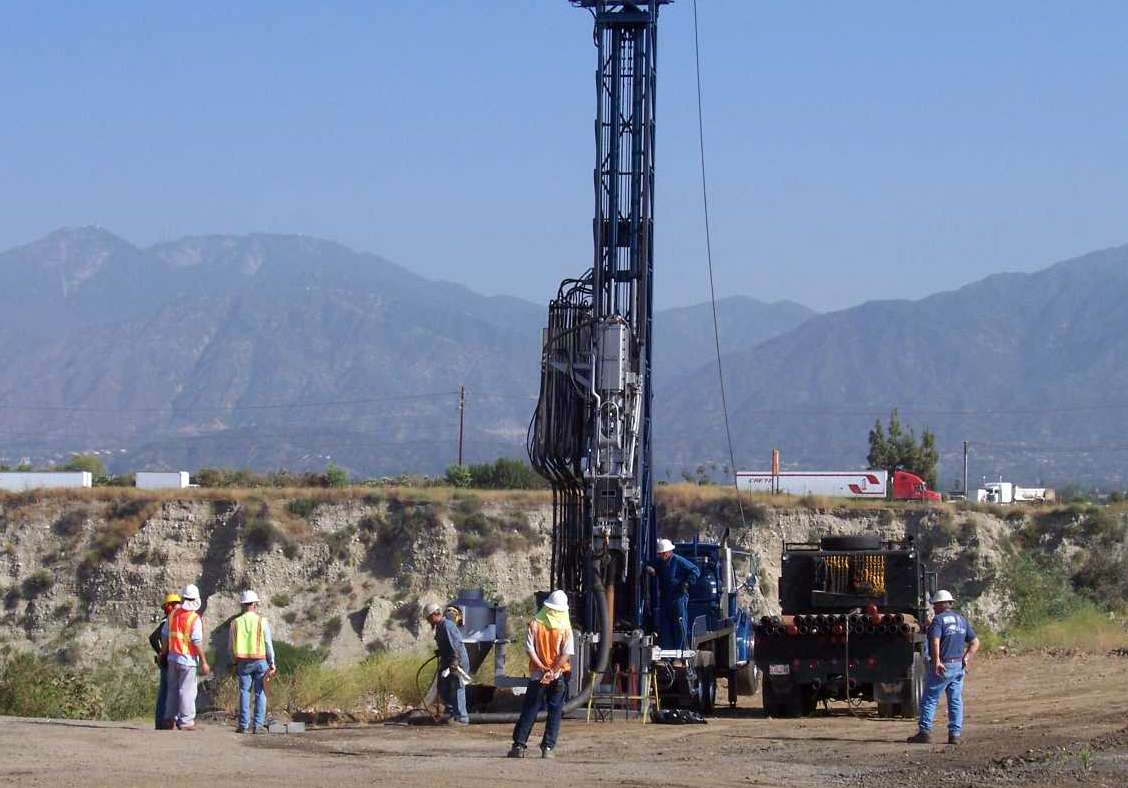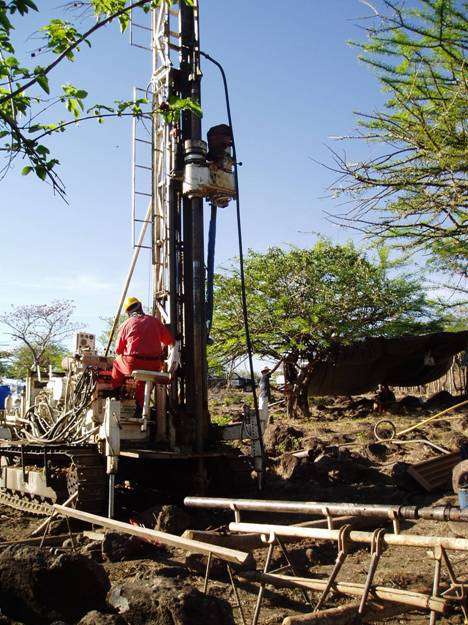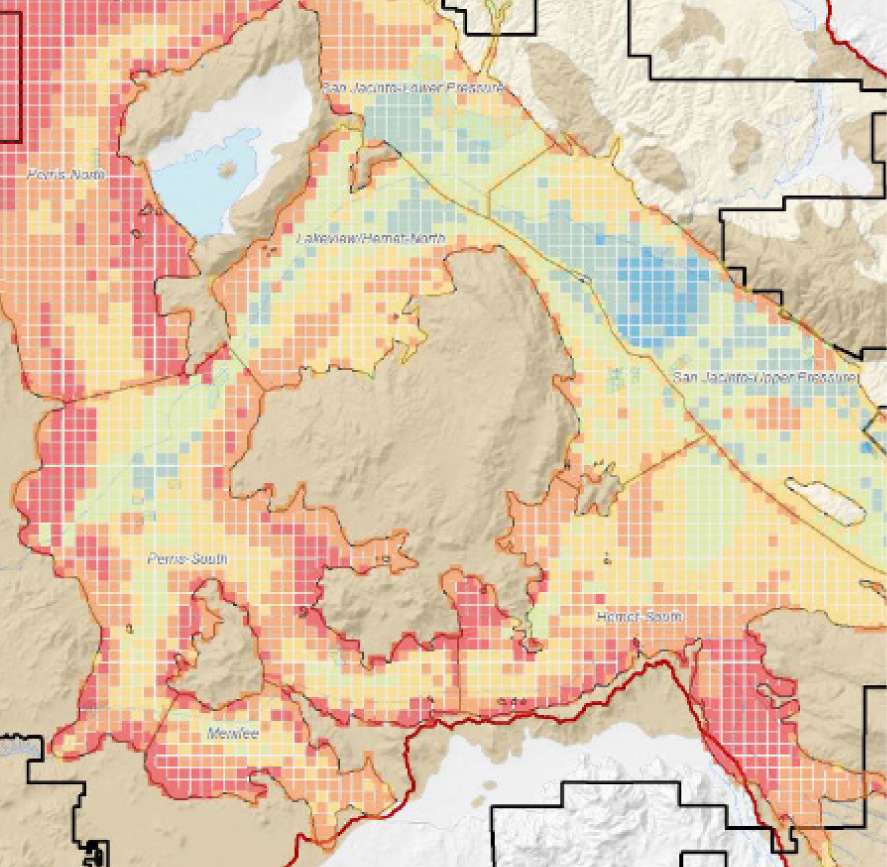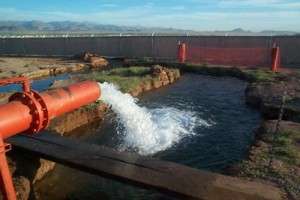GLA’s hydrogeologists have experience in the installation and development of water supply, injection, and aquifer storage and recovery (ASR) wells for water providers as well as monitor, extraction, and injection wells for remediation of contaminated sites. For example, we have designed, permitted, and supervised construction and development of thousands of environmental monitoring points, including monitoring wells, cased piezometers, wireline piezometers, lysimeters, soil-pore gas monitoring probes, and leachate and condensate sampling points. For water supply, GLA has many years of experience with the permitting, design, construction, development, testing, and maintenance of water supply and ASR wells. Our professionals routinely design and install high-capacity wells and well fields serving municipal and private systems.
Over time, a well’s utility can be compromised by surface or subsurface conditions. GLA’s professionals have the expertise to assess well conditions and recommend appropriate rehabilitation measures unique to the well’s construction and subsurface environment. For wells that can not be rehabilitated, GLA has permitted and negotiated formal well abandonment with local, state, and federal agencies.

